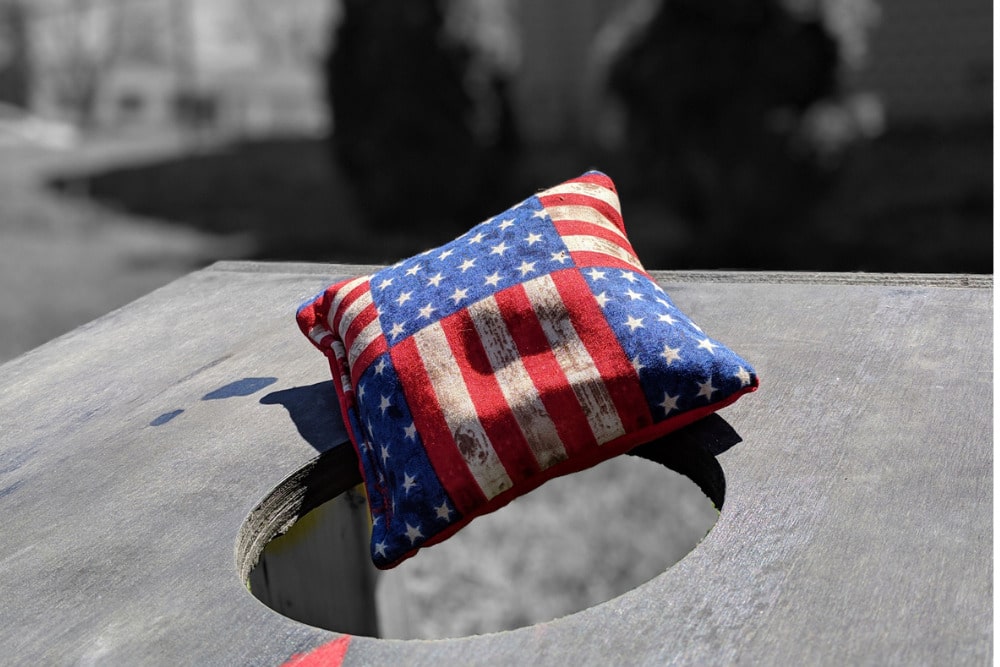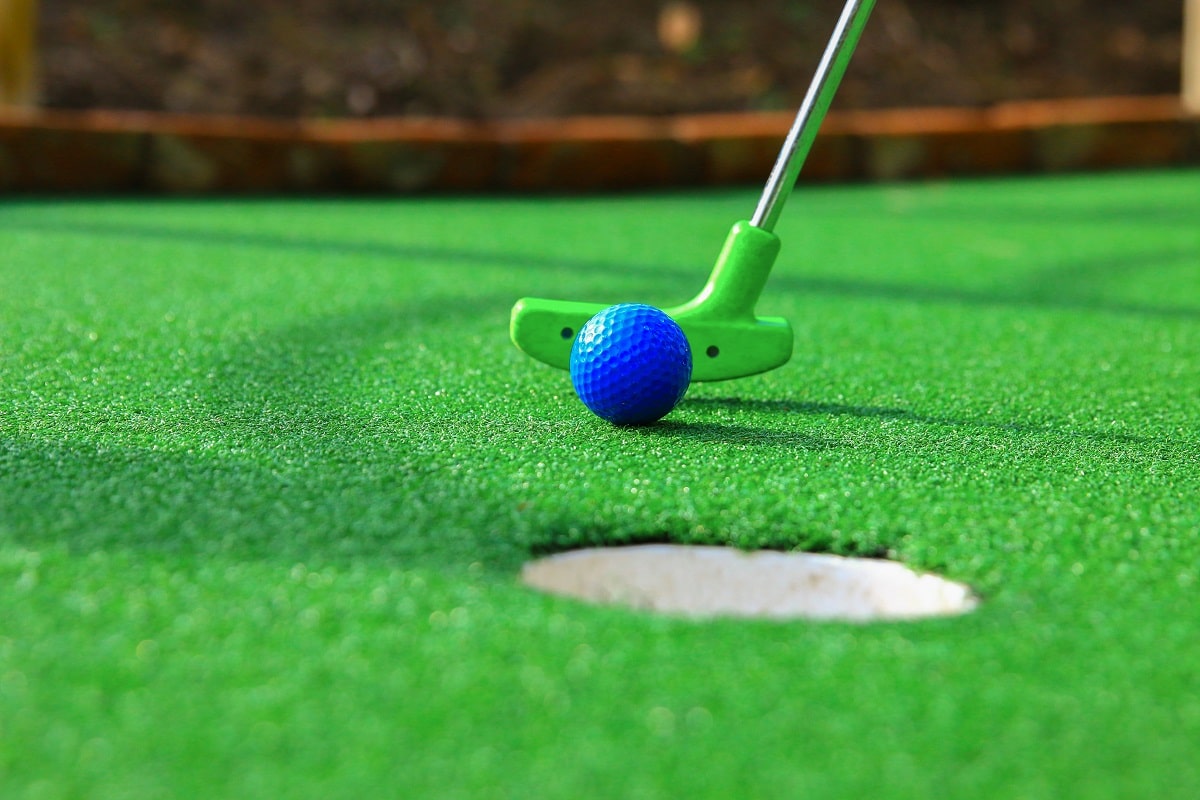Cornhole Worldwide’s Official Kan Jam Rules!
No matter how much you love your favorite backyard game, you’ll occasionally find yourself in a situation where the backyard barbeque, block party, or picnic in the park you’re at doesn’t have a Cornhole set.
Then what will you do? Will you order your own custom Cornhole set directly from Cornhole Worldwide—designed personalized to your specifications—and keep it in your vehicle if you find yourself in a Cornhole emergency?
While we certainly won’t stop you from doing that, we’d also like to explain the rules of another popular backyard game, so you’ll be prepared in case the Cornhole-less event you’re attending happens to love Kan Jam!
What Is Kan Jam?
Like every other popular backyard game, Kan Jam is basically a spinoff of Cornhole. Don’t believe us? Check this out: two teams, specialized equipment, quirky methods for scoring points included in the official rules, beloved by all right-thinking, rational people and unfairly maligned by others.
See? It’s exactly the same game—except for some slight differences, which we’ll get into! The objective of Kan Jam is for players to take turns throwing a disc at a can while the opposing team attempts to keep that from happening; the first team to score exactly 21 points wins.
Who Is Kan Jam For?
Kan Jam is for everyone! There are no age or gender restrictions to playing Kan Jam, and it was created with the idea of making a game that anyone could have fun playing. As long as you can get outside to the play area, stay in generally the same place during play, and throw a flying disc, Kan Jam can be for you!
Equipment and Teams
All you need to play Kan Jam is at least 50 feet of space, a throwing disc, two black cans (no lids, with a slot cut in the front) to serve as goals, and two teams. Teams are composed of two active players at a time, but each team can include up to four players, and players can be switched out at any time.
Set-Up
First, take your two Kan Jam cans to the play area and set them up exactly 50 feet apart. Next, you want to—we’re kidding, that’s all the necessary set-up, just put the cans 50 feet apart. (If you’re new to the game, we recommend starting with the goals placed closer together until you get the hang of it, or if space is limited, as in the case of a tournament, or setting up in the backyard.)
Tip: If you’re in an area with a lot of wind or don’t want to deal with the hassle of checking the correct distance and repositioning the cans throughout the play, they can be kept in place by putting several tent-stakes into the ground around the cans. You can also mark the ground where the cans should be with a stick, rock, or biodegradable paint.
Rules/How to Play
Four players total (two players from each team) are in the play area at once. One player from each team stands at each goal with one on each side. Players face each other across the play area. Teams decide who goes first, either by mutual agreement or Rock Paper Scissors.
During each turn, one player is designated the Thrower, and the opposing player on the opposite side is the Deflector: the Thrower throws the disc towards the opposing team’s goal; the opposing team attempts to deflect the disc from hitting or going into their goal; the teammate of the throwing player is able to assist the throwing disc into the goal if possible.
After the disc either reaches the goal or is deflected, points are tallied, and the Deflector on the side where the throwing disc landed becomes the Thrower and takes their turn throwing the disc at their opponents’ goal.
Continue taking turns until one team has exactly 21 points. Note that teams do get to take the same number of turns before the game is over, so even at 21, the team with fewer points has one last chance throw also to get 21 and send the game into a sudden-death overtime tiebreaker round!
Scoring Points
Points are tallied based on how the disc interacts with the Kan Jam goal.
Dinger: 1 Point
A Deflector redirects the disc, and the disc hits any part of the goal.
Deuce: 2 Points
The Thrower hits the side of the goal with no assistance from their teammate.
Dunk: 3 Points
A Deflector redirects the throwing disc, and it lands inside the goal. This almost always happens through the top of the goal, but it’s also possible for the throwing disc to be redirected through the slot opening. There are no extra points for having the throwing disc get redirected through the slot, but if this does happen, it’s very, very funny, and the Deflector who managed it should obviously be awarded the nickname “Dunk” for at least as long as it takes to finish the game.
Interference: 3 Points
The throwing team automatically gets three points if the opposing team interferes with play to defend the goal. That’s not cool, and Kan Jam is committed to maintaining its vibe as a cool, chill game. As further incentive to play fair, the throwing team is automatically declared the winner if the opposing team interferes with play when the throwing team has 19 or 20 points.
Instant Win: 21 Points
If the Thrower gets the throwing disc through the front slot, that’s an instant win—and “instant win” means instant; there’s no last chance throw for the losing team.
No Points
Kan Jam recognizes some actions as so forbidden they will nullify any points from being counted. The forbidden acts include:
– Not throwing from behind the goal
– Throw hits the ground before hitting the goal
– Deflector carries or double-hits the disc.
And that’s all there is to Kan Jam, or at least it’s enough to get started!
What’s your favorite Cornhole-spinoff backyard game? Is it Kan Jam, or is Cornhole the only backyard game for you? Let us know in the comments!











